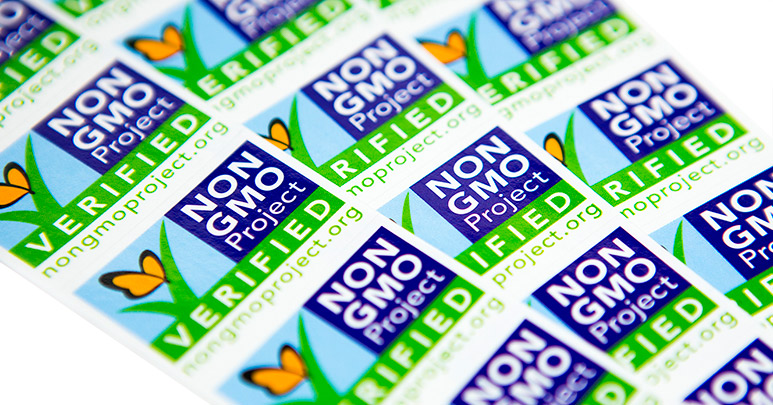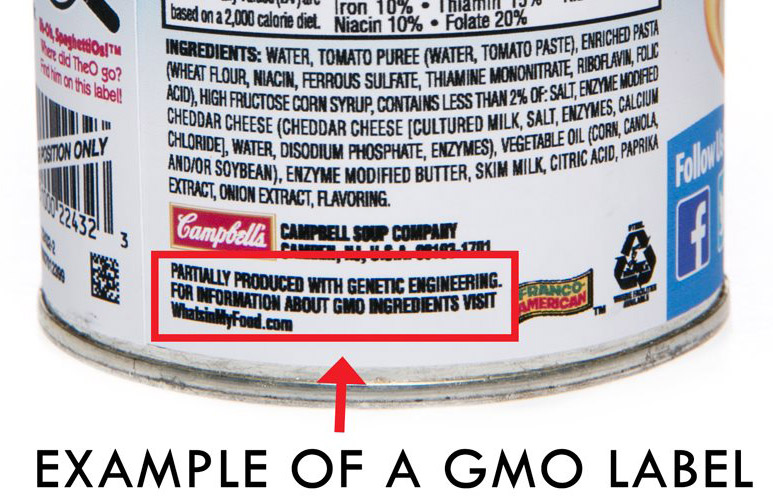
Two years ago, the Vermont legislature passed a bill requiring foods with genetically modified organisms (GMOs) to be properly labeled with that information starting on July 1, 2016. With the start date right around the corner, the debate on GMO labeling has intensified between manufacturers, state and federal governments, and consumers. This isn’t the first time mandated GMO labeling has made waves. In 2013, Whole Foods Market announced that all of its stores will be required to label foods made with genetically modified ingredients. With more private companies and state governments jumping on the GMO labeling trend, the question remains, where does this leave smaller food manufacturers expanding into new markets?
In this article, we’ll discuss what Vermont’s GMO labeling law means to label buyers like you and what you can do to prepare your business for the coming changes.
Overview of Vermont’s GMO Labeling Requirements
According to the new law, any packaged food produced with genetic engineering and sold in Vermont will be required to label their product. The manufacturer must label the product in an area that is easy for consumers to find and read, with one of the following statements that applies to the product:
- “Produced with Genetic Engineering”
- “Partially Produced with Genetic Engineering”
- “May be Produced with Genetic Engineering”
Disclosures on packaged foods can be any color as long as it contrasts with the background of the package, and has a font size no smaller than the size of the words “Serving Size” on the Nutrition Facts, or the Ingredients List if there isn’t a Nutrition Facts table (smaller manufacturers can be exempt from the Nutrition Facts table depending on their sales). Unpackaged food, like fruit and produce, are also required to be labeled if it’s a GMO product, however, that responsibility lies with the retailer. In this case, retailers must have a label with one of the above statements on the unpackaged foods’ bin, shelf, or container.

Image source: Campbell Soup Company
Manufacturers can be exempt from the law if an approved independent organization has verified the manufacturer doesn’t knowingly or intentionally produce the food product with genetic engineering. These independent organizations include: the U.S. Department of Agriculture’s National Organic Program, the Non-GMO Project, and NSF International’s Non-GMO True North Standard. Once you have your product’s GMO status squared away, the next step is to get labels that reflect that.
Labeling Solutions to Consider
Below are some options to consider to help you meet Vermont’s GMO labeling requirements.
- Cover-up labels: Also known as “block out labels,” cover-up labels can mask colors, text, and graphics making it easier to add or update information on your product. Another great thing about cover-up labels is they allow you to keep your old labels and packaging thereby creating less waste. You can also use cover-up labels for products and packaging where they were directly printed on, such as silk-screen printing.
- Variable data printing: One of the benefits of digital label presses is its variable data printing which can print consecutive numbers, serialized barcodes, and other information on your custom labels all in one run. You just need to give us a digital file with the variable data (in this case, the GMO statements) and we’ll print each label with the assigned information. This option is particularly helpful if you have multiple product lines with different GMO information.
- New labels: If you’re running low on product labels or have been considering a re-design, now can be the perfect opportunity to give your product a new look while also complying with Vermont’s new labeling requirements. All your label designer has to do is add the GMO statement to your current or new label artwork. Once our pre-press team checks your artwork and we receive final approval from you, we can get your labels scheduled for print.
Not all food manufacturers have the same resources and labeling needs, so you may find that one solution is a better fit for you than another. Let us know the details of your labeling project, and we’d be happy to guide you through different options to help you find one that will work best for you.
We will continue to monitor GMO labeling requirements in the United States. As of right now, Vermont is the only state requiring GMO information on labels, but that may change if other states pass their own laws or the federal government steps in. Click here to sign up for our e-newsletter to get updates on new labeling requirements and more.


